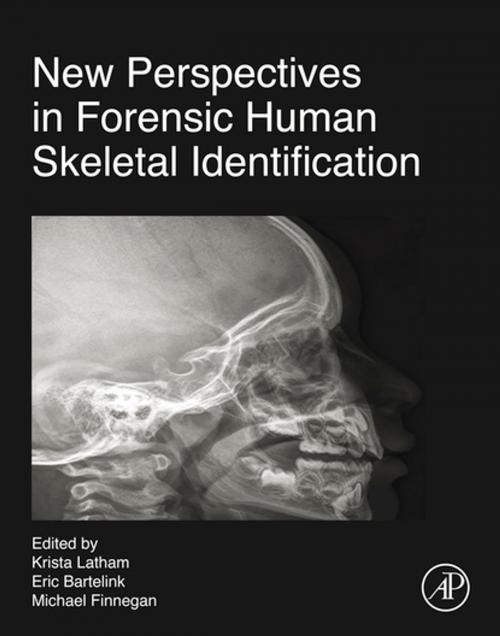New Perspectives in Forensic Human Skeletal Identification
Nonfiction, Reference & Language, Law, Forensic Science, Social & Cultural Studies, Social Science, Anthropology| Author: | ISBN: | 9780128125380 | |
| Publisher: | Elsevier Science | Publication: | July 27, 2017 |
| Imprint: | Academic Press | Language: | English |
| Author: | |
| ISBN: | 9780128125380 |
| Publisher: | Elsevier Science |
| Publication: | July 27, 2017 |
| Imprint: | Academic Press |
| Language: | English |
New Perspectives in Forensic Human Skeletal Identification provides a comprehensive and up-to-date perspective on human identification methods in forensic anthropology. Divided into four distinct sections, the chapters will reflect recent advances in human skeletal identification, including statistical and morphometric methods for assessing the biological profile (sex, age, ancestry, stature), biochemical methods of identification (DNA analysis, stable isotope analysis, bomb curve analysis), and use of comparative radiography. The final section of this book highlights advances in human identification techniques that are being applied to international populations and disaster victims.
The contributing authors represent established experts in forensic anthropology and closely related fields. New Perspectives in Forensic Human Skeletal Identification will be an essential resource for researchers, practitioners, and advanced students interested in state-of-the-art methods for human identification.
- A comprehensive and up-to-date volume on human identification methods in forensic anthropology
- Focuses on recent advances such as statistical and morphometric methods for assessing the biological profile, biochemical methods of identification and use of comparative radiography
- Includes an entire section on human identification techniques being applied to international populations and disaster victims
New Perspectives in Forensic Human Skeletal Identification provides a comprehensive and up-to-date perspective on human identification methods in forensic anthropology. Divided into four distinct sections, the chapters will reflect recent advances in human skeletal identification, including statistical and morphometric methods for assessing the biological profile (sex, age, ancestry, stature), biochemical methods of identification (DNA analysis, stable isotope analysis, bomb curve analysis), and use of comparative radiography. The final section of this book highlights advances in human identification techniques that are being applied to international populations and disaster victims.
The contributing authors represent established experts in forensic anthropology and closely related fields. New Perspectives in Forensic Human Skeletal Identification will be an essential resource for researchers, practitioners, and advanced students interested in state-of-the-art methods for human identification.
- A comprehensive and up-to-date volume on human identification methods in forensic anthropology
- Focuses on recent advances such as statistical and morphometric methods for assessing the biological profile, biochemical methods of identification and use of comparative radiography
- Includes an entire section on human identification techniques being applied to international populations and disaster victims















